|
We started this week with a simple art project to review some of our spanish language learning, using the translated “5 Little Pumpkins” or “Cinco Calabazas”. Soon after we dove right back into our creative writing, either working individually or in small groups to finish up our stories and start working on our final drafts. One of the most wonderful things to watch as the children are working on their stories is their incredible ability to absorb everything around them and weave it into their own creations - from other stories we are reading, to characters from their own group play, or concepts we are exploring as a group. We are currently reading Ethel Cook Eliot’s Little House in the Fairy Wood, as a group, and if you haven’t had a chance to look into Ethel Cook Eliot’s work please do. It is beautifully written, and speaks so gently and clearly to where many of the children are in terms of their awareness of their own place in the world. At their age, they are undergoing a significant development in their prefrontal cortex, and thus adjusting their understanding of who they are in relation to this wider, more complex world around them. There is so much out there to read and explore as we attempt to understand cognitive development and neuroscience, and I have found Rudolph Steiner’s writings from over 100 years ago powerfully insightful and inspiring. I found this brief reflection, and thought I’d pass it along in case you wanted to read a bit more: https://www.sophiainstitute.us/blog/not-so-strange-after-all. And if you have other resources or articles along this vein of research, please pass them along!
As this group of children move, developmentally, from the willful mind to the emotional mind they face fascinating conflicts in their work and play. This week we approached a question as a group, which I think is one that most adults, and nations, face each day: how can we find a balance between protecting a space we have created (individually or as a group) and remaining generous and welcoming to others, who in turn can feel honored and respected enough to then share with us? This initially comes up with the issue of sharing, which these children have mostly shifted away from struggling against. At their stage, they are now experiencing group/tribal dynamics, exclusion vs. inclusion, and the deep emotional sensations of being “left out.” We practiced a short spatial activity to introduce communication strategies to move through these conflicts, and talked at length as a group. This will be an ongoing dialogue, and please feel free to share parts of this that may come home, questions that arise, or insights that you and your family have around this issue. I do wonder if there is anything more important than this issue at this moment in time.. To help clear out any heaviness of this complex topic, we made smudge sticks with herbs we had harvested from the farm. There are so many healing modalities that we seek to explore together as a group, and this is one simple practice that they each can do for themselves, or each other. In terms of how we, as a community, can support the children in new ways, I have been working with Ty Romijn for over a year, who practices Zero-Balancing and Five Element Acupuncture, and he has offered to lead parents through some helpful methods of bodywork that we can use with our children. He was also a Waldorf teacher and this work ties so well into the learning environment we are creating with our children. I am planning to host a session for any of us that would be interested during our Thanskgiving Break, and will let you know the details soon! Our Form Drawing work is truly expanding the children’s spatial awareness, and opening all of us up to the incredible natural patterns we observe all around us every day. The abacus is helping the children visualize and physically interact with the world of numbers, and this week we focused a lot on place value. We wrote down numbers up into the thousands, and they had to represent those numbers on their abacus, challenging each other with higher and higher numbers. We also introduced multiplication on the abacus, which is quite similar to division, so those will hopefully be practices your child can take home and try out over the break. We had many moments of quiet reading, we played our ukuleles and sang with Laura, and we made an amazing nettle seed cake with Gaby! After harvesting nettle leaves for years, this was the first time I had every harvested the seeds and it is a wonderful autumn activity (especially given that the sting of the nettles is much more mild at this time of year, if there is any sting at all, and the seeds have no hairs to sting so you can harvest without gloves). We ate the seeds raw and then Gaby guided the group in making the most delicious lemon nettle-seed cake. This article conveys so beautifully all that the nettle plant can do for us: https://www.sophiainstitute.us/blog/not-so-strange-after-all. Thank you Gaby for sharing this, and for your gift of cooking you are sharing with the children. That feels like a hefty email already, so I’ll stop there. But thanks for reading and sharing in this experience. Please reach out with any thoughts or questions, as always. And see you tomorrow! ~ Kaila
0 Comments
|
Allen Farm
The Allen Farm program is for children ages six and older. Follow along our learning and exploration in the woods, on the farm, in our yurt, and across our island community, at the upper Woods School. Archives
October 2023
Categories |
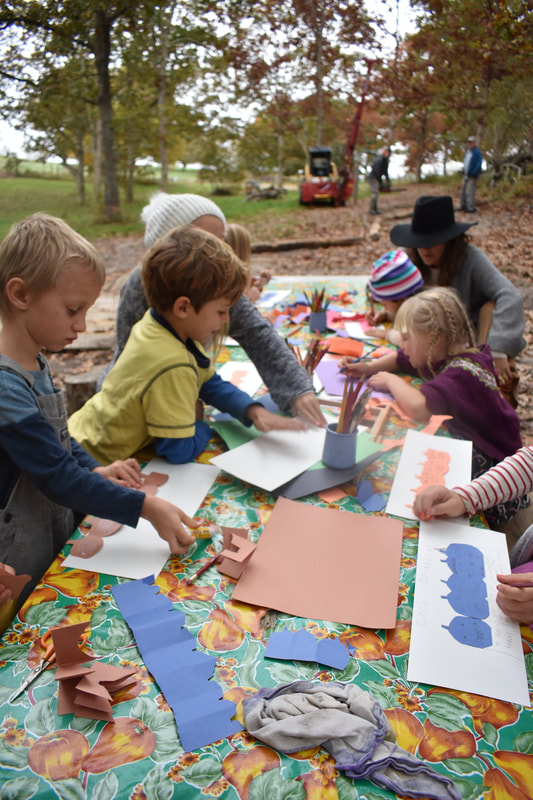
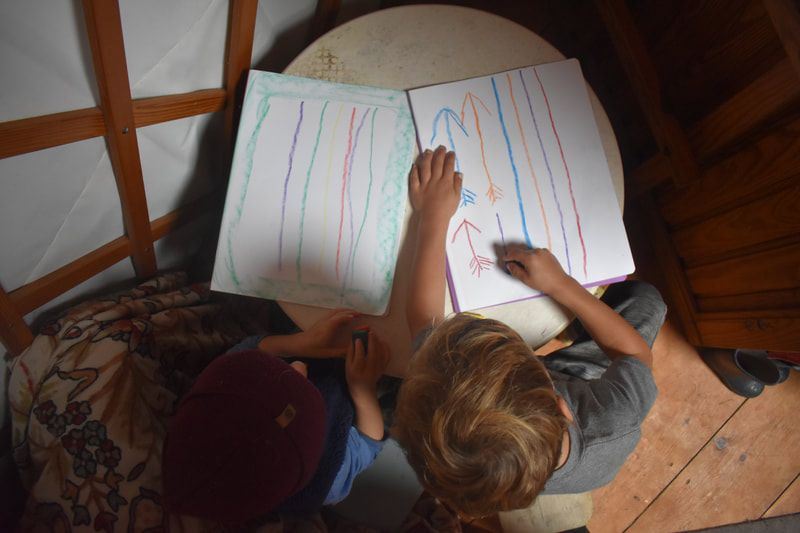
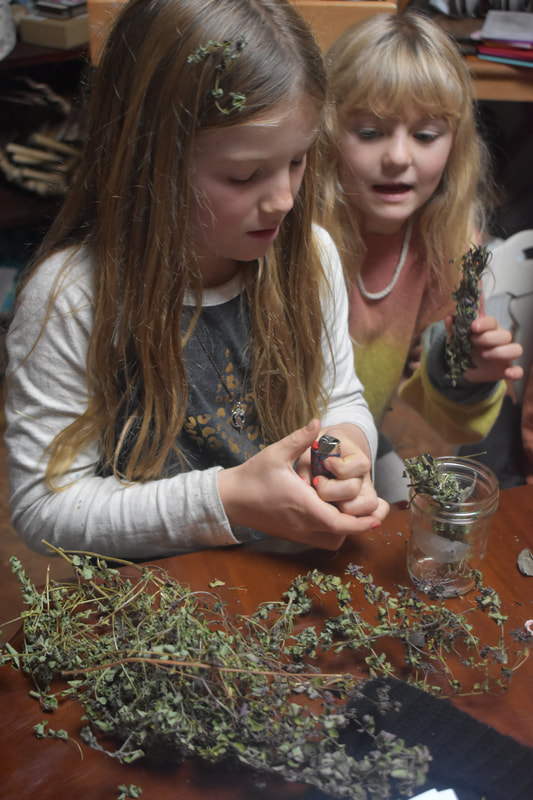
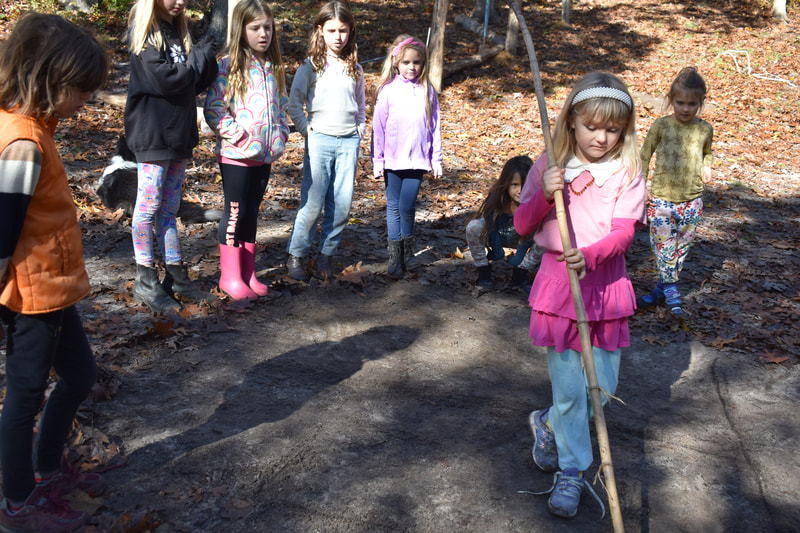
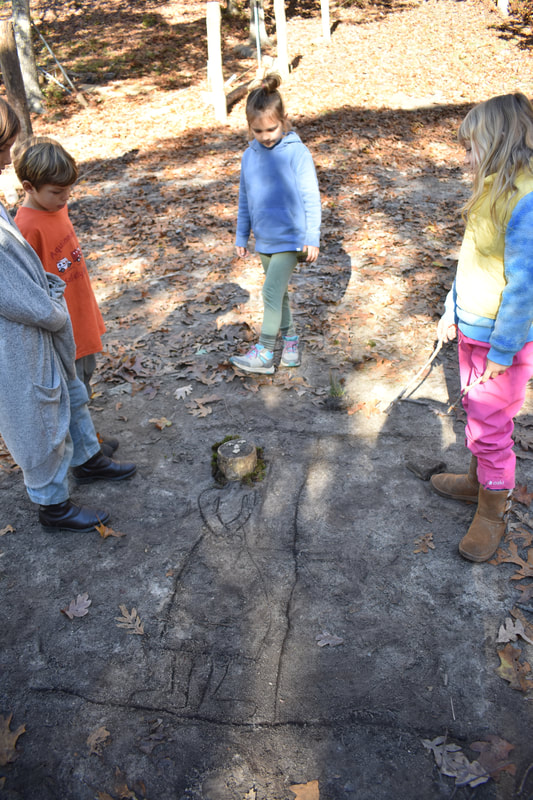
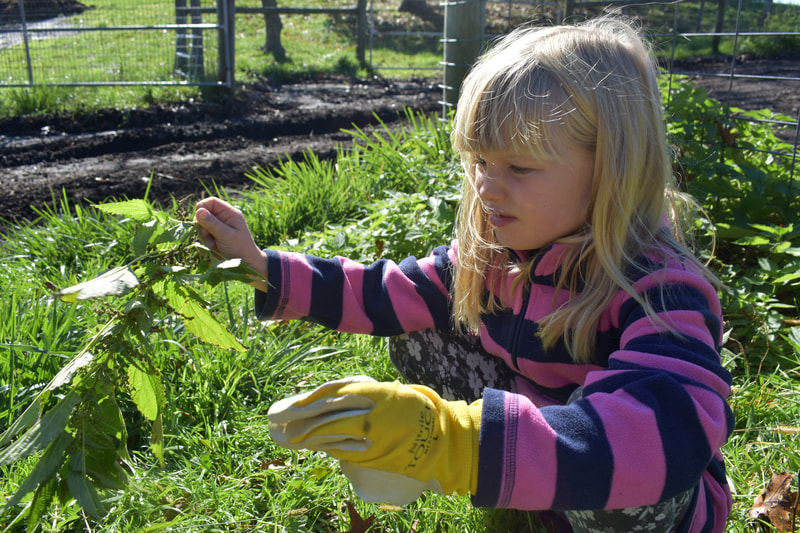
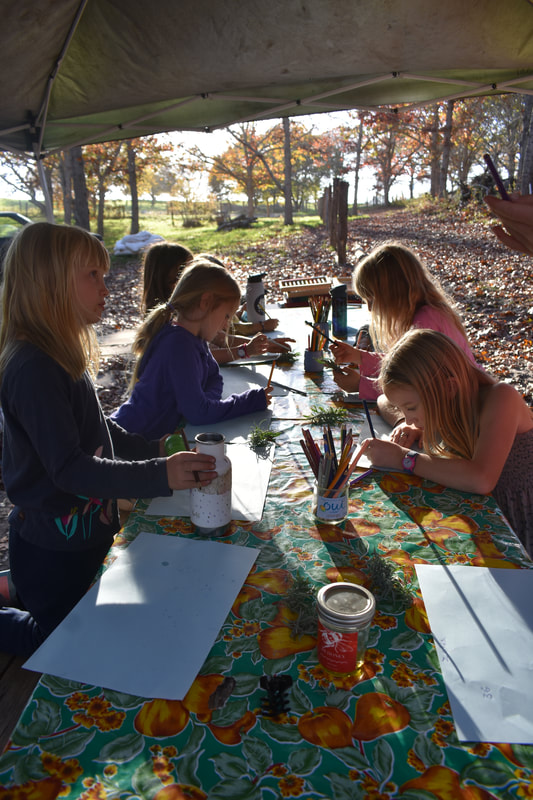
 RSS Feed
RSS Feed
